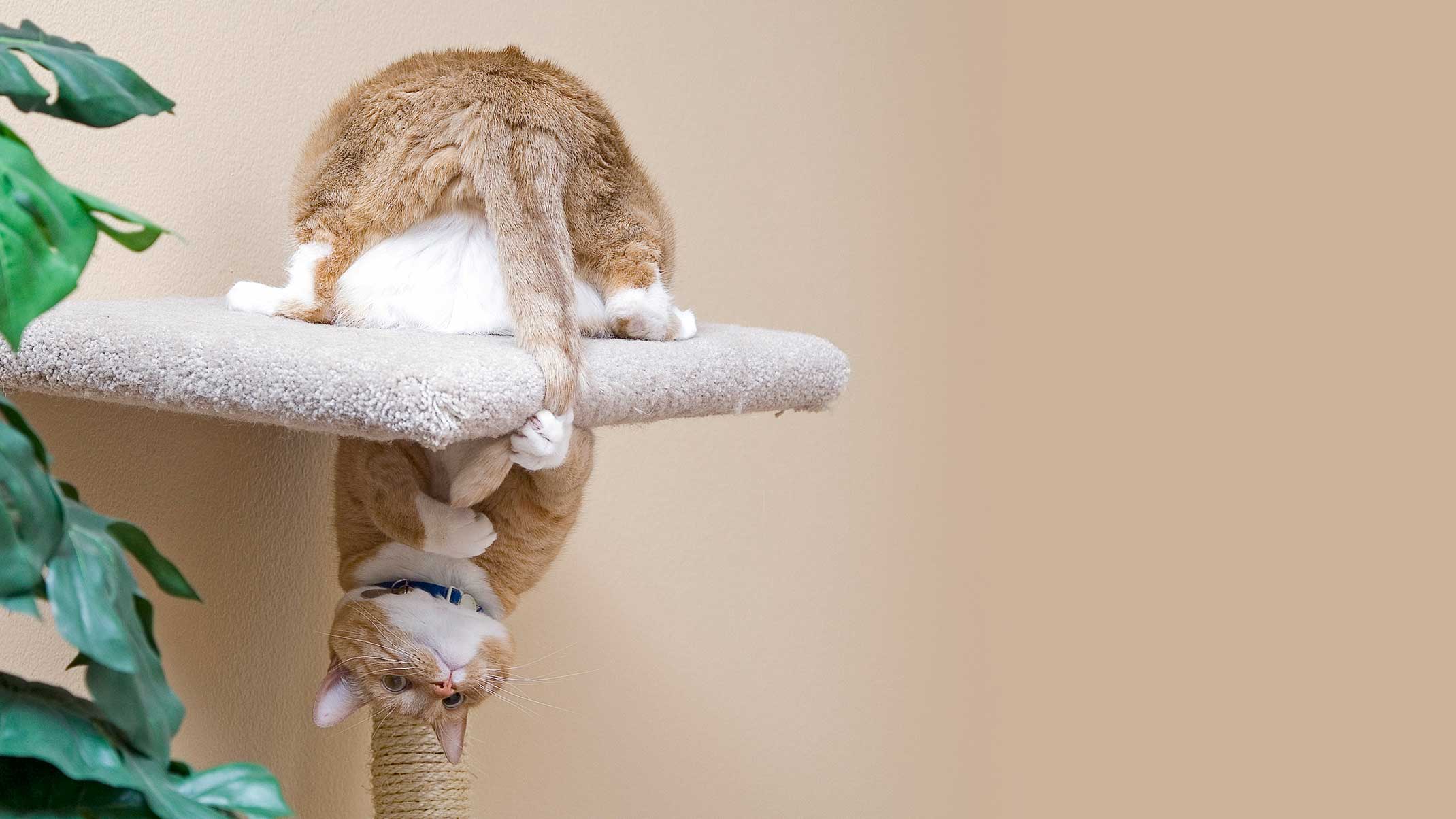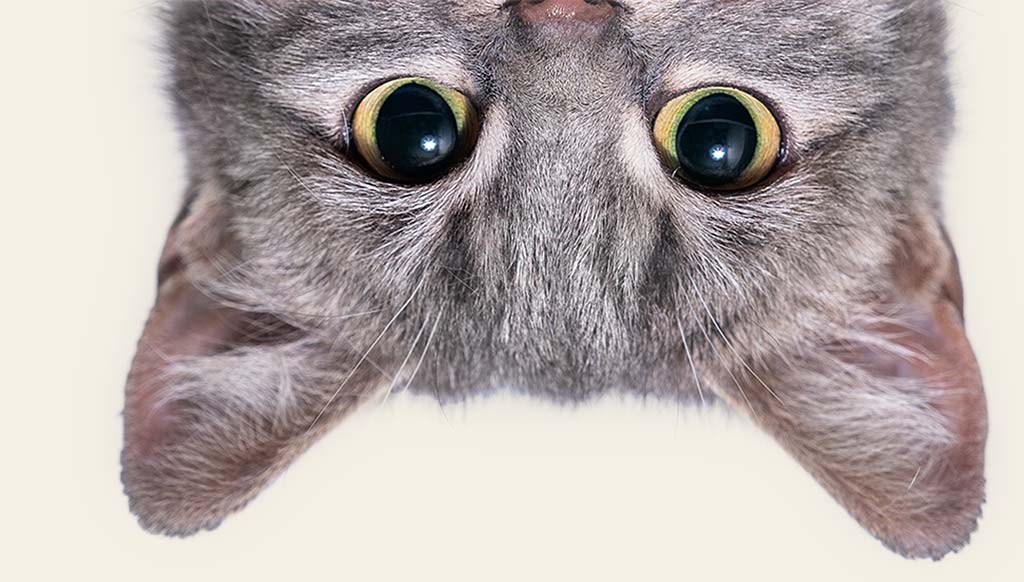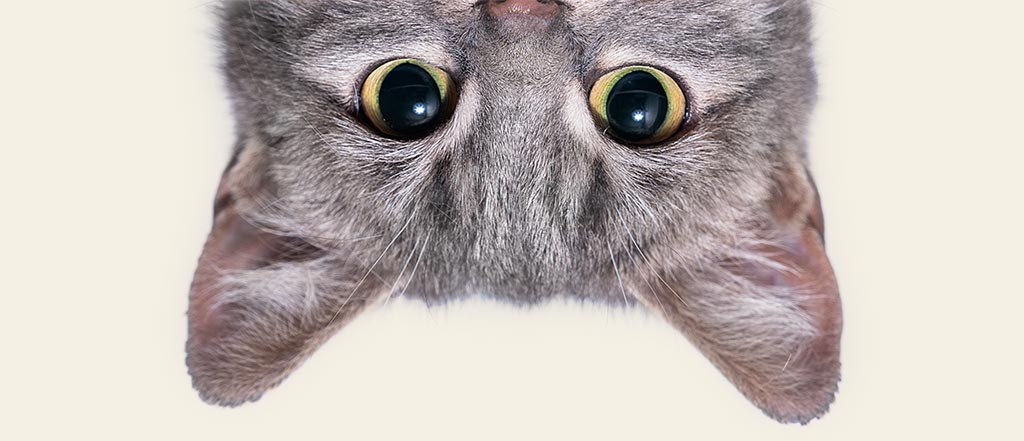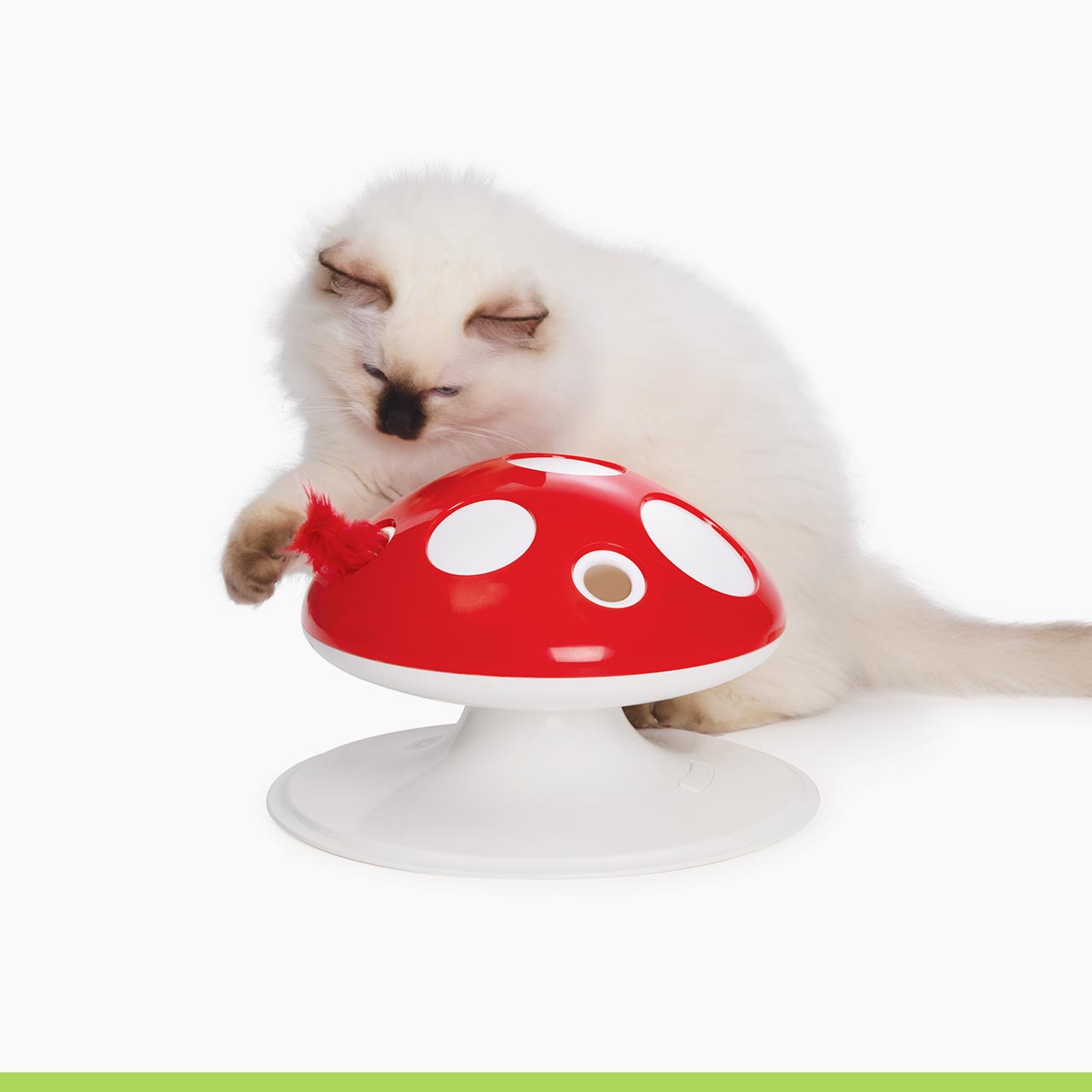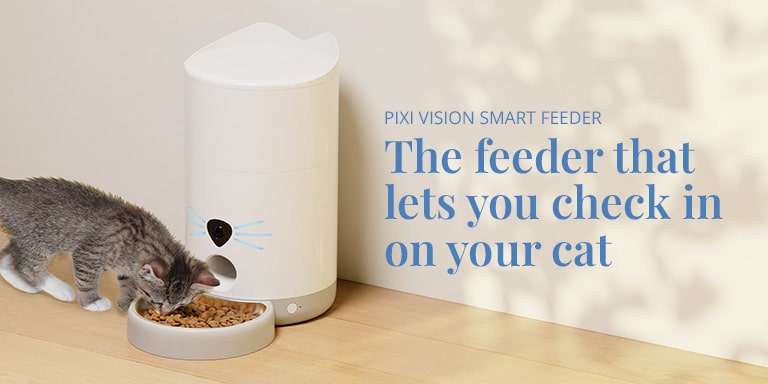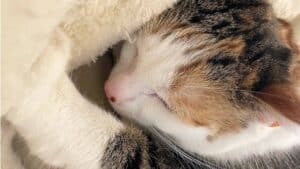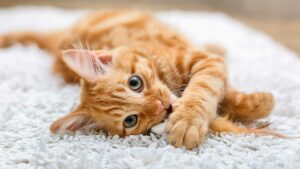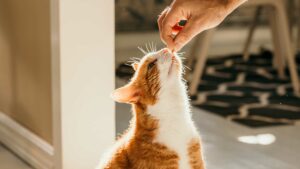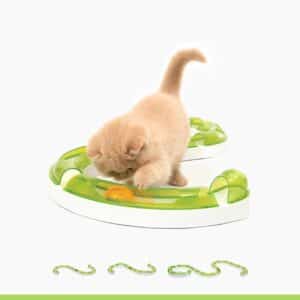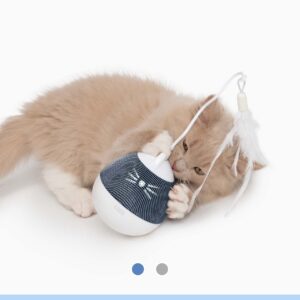In this article
Playful behavior
Some cats just enjoy having fun with their tail. This is especially true for kittens, who love to chase everything that moves. As they grow older, these little felines will learn that it’s more useful to chase prey and other things that are not attached to their body. It’s only when your adult cat seems obsessed with their tail that you should take a closer look as this might be a sign that they are in discomfort or pain.
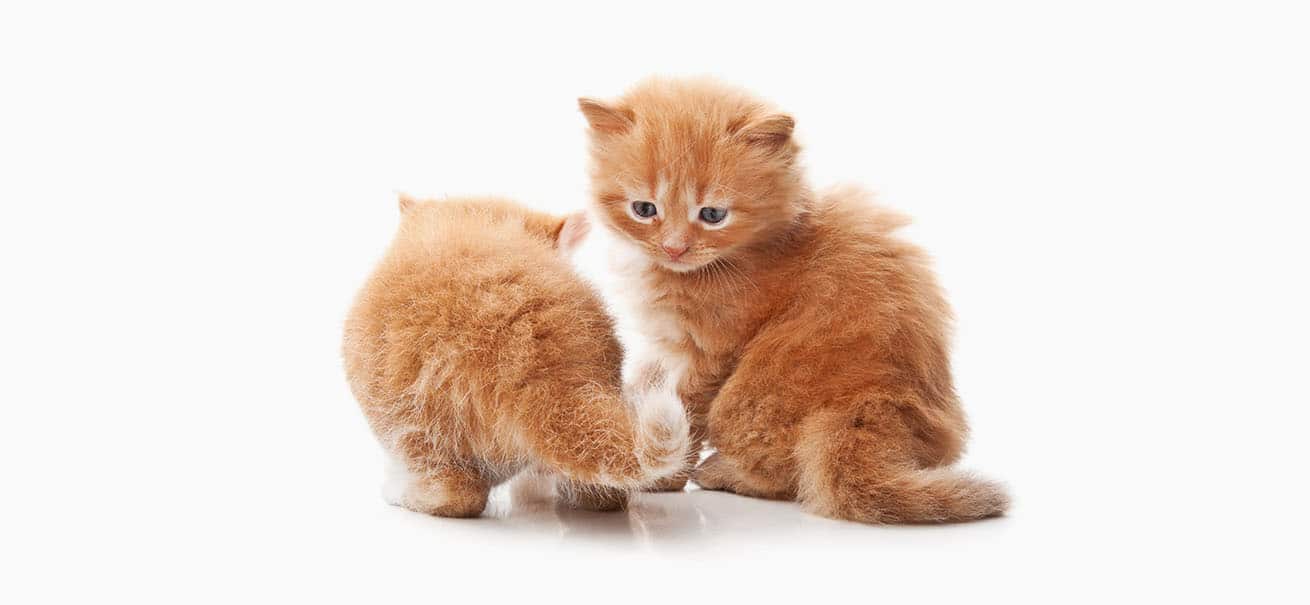
Injury and infection
A cat’s tail is prone to various injuries such as bite wounds, abrasions, fractures, and inflammation. When cats are injured, they will instinctually try to lick the wound clean or ease the pain by grooming the affected spot. As a result, your cat can be spotted chasing their tail to get to the sore spot. If you suspect your cat might have a wound, whether it is infected or not, you might want to contact the vet.
Never miss an issue of the FREE My Cat Exclusive digital magazine!
Allergies
Just like humans, cats can suffer from allergies. The most common ones in cats are food allergies and flea allergies. The allergic reaction will cause redness, swelling and itching, which of course is uncomfortable for your feline. If you notice these symptoms in your cat, whether accompanied by tail chasing or not, get in touch with your vet.
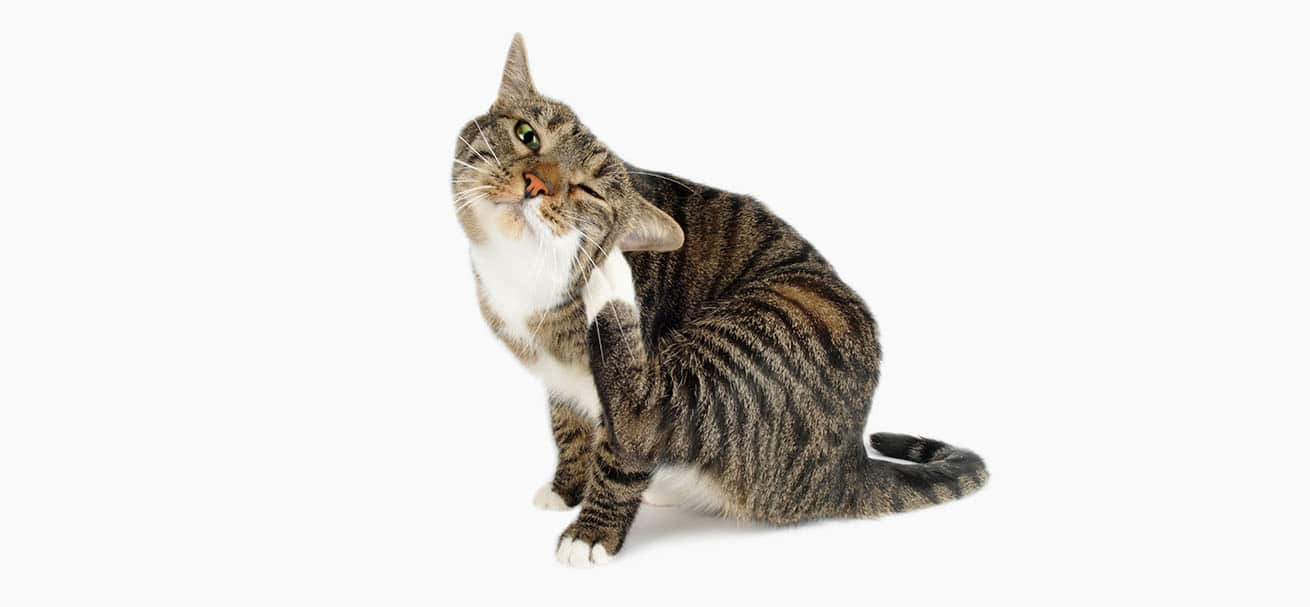
Feline hyperesthesia syndrome
Some cats chase their tail because of a condition called feline hyperesthesia syndrome. Affected cats are extremely sensitive in a particular area on their skin — usually the spot where the tail connects to the back — and they might respond aggressively when you touch it. You might also notice how the skin twitches or rolls along the cat’s back. If you recognize this behavior, visit the vet so they can figure out what exactly is wrong with your feline friend.
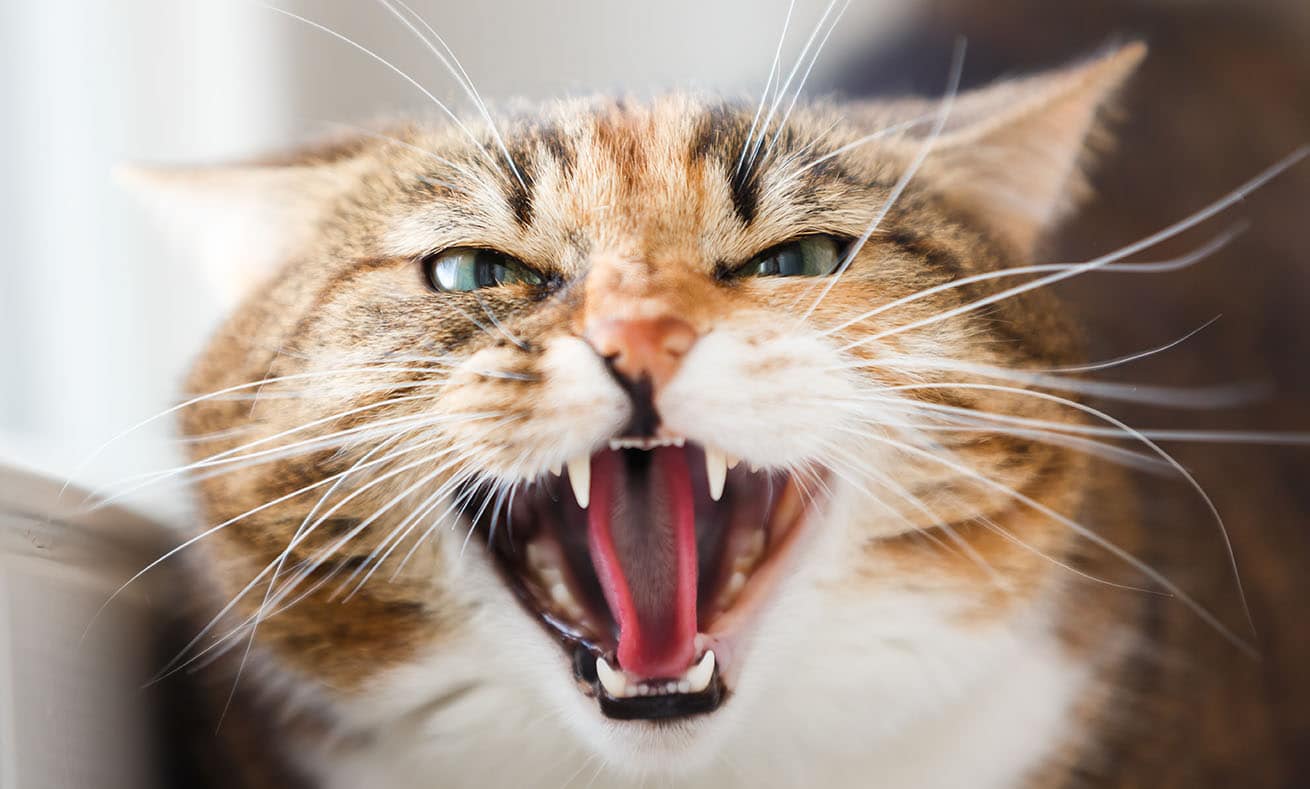
Stud tail
Stud tail is a skin condition that is most common in intact males. In cats with stud tail, the sebaceous glands at the base of the tail are overactive and produce too much oil, causing symptoms like greasy and matted hair, blackheads and sometimes even a foul odor. To get to this itchy spot, cats will appear to be chasing their tail. Get in touch with your vet if you suspect your cat might be suffering from stud tail.
